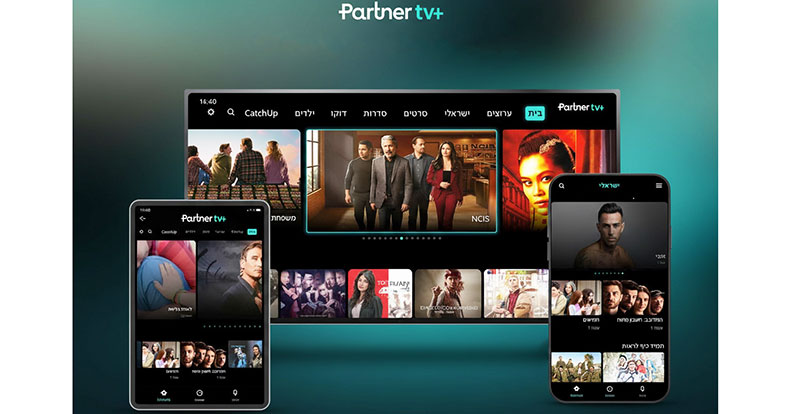Leostream sees a strong demand for secure enterprise mobility systems, and has identified five key strategies for fostering more productive, collaborative mobile workforces in 2024.

Leostream Corporation, developers of the Leostream Remote Desktop Access Platform, is drawing attention this week to a strong demand across many markets for secure enterprise mobility systems, which they believe is driven by several factors, including the work from home trend as it continues to grow. Others are expansion of employers’ bring-your-own-device (BYOD) policies, greater requirements for real-time data access and increasing cyberattacks in remote work environments.
Supporting a mobile workforce is becoming a corporate priority for organisations of all sizes, but an adequate response requires systems specially optimised for these environments. According to MarketsandMarkets, the global Enterprise Mobility Management Market size is projected to reach USD 63.3 Billion in 2026, at a CAGR of 25.1% during the forecast period, 2020-2026.
Enterprise mobility has gained importance for business productivity, although the requirements and tasks of mobile employees vary significantly across different organisations. Traditional, monolithic legacy applications, like those offered by VMware, may lack the necessary flexibility and features to accommodate the full spectrum of user needs. This limitation can lead organisations to adapt work practices to fit the constraints of the tools, instead of accessing the right tools for their users’ mobility objectives.
Also, a mobile workforce needs tools that enable collaboration with colleagues, potentially around the world, but at the same time ensure the security of corporate data and resources. These and other considerations may make now a suitable time for organisations to re-examine the systems and processes they have in place to support workforce mobility. To help, Leostream has identified five key strategies for fostering more productive, collaborative workforces in 2024.
Taking Stock
Leostream recommends keeping a definitive list of the device types – for instance, Windows laptops, macOS devices, Android and so on – your teams use. This makes it possible to design a mobility approach that allows access to every user at any time, by supporting the devices they are most likely to have with them at any moment.
Similarly, maintaining a related inventory of corporate resources, indicating what your mobile workforce needs to access in order to perform their work, is also important. The types of applications, running on different operating systems and manipulating different data sets, have a profound impact on the design of mobile infrastructure and the systems used to optimise it.
Cloud Strategy
Leostream also sees value in defining a cloud strategy – in other words, looking for ways to optimise the mobile environment by incorporating a cloud element. A hybrid cloud approach can be an advantage both in terms of user performance and optimising costs. The public cloud brings global computing resources that can improve the end-user experience by reducing the latency of their connection. Public clouds also supply redundancy and capacity on-demand, making them more efficient and cost-effective ways to build disaster recovery and business continuity systems supporting workforce mobility.

Leostream notes that ensuring adequate application performance relates to the system on which the application runs – for example, what instance type will be leveraged in a public cloud – the technology used to connect the user to that application (the display protocol incorporated into the environment), and the solution used to gain remote access. To optimise performance, they recommend looking for security gateways, which are deployed at the edge of your network, that are able to replace legacy VPN systems.
Collaboration
Because encouraging collaboration within a mobile workforce is critical, it’s best to use a display protocol that includes session shadowing capabilities and a remote access tool that simplifies the process of connecting to collaborative sessions. Features like these allow teams that are spread across the globe to interact as if they were in the same room.
It’s also worthwhile thinking of tools in terms of simplifying IT tasks related to managing a mobile workforce, as they may well be used by an IT employee who is also mobile. There are remote access tools available that can manage all of the client devices, remote resources and on-premises and cloud technologies from a single pane-of-glass, with features that ease IT maintenance tasks.
Ultimately, the goal is to design a set-up that makes work better for end-users, IT teams and the organisation as a whole. Karen Gondoly, CEO of Leostream, said, “It's crucial that organisations choose tools that not only support their remote teams, but also enhance their productivity and collaboration. Traditional, one-size-fits-all approaches are no longer sufficient. Our focus is on delivering flexible, secure, efficient systems tailored to equip businesses with the right tools for their remote operations.” leostream.com




















